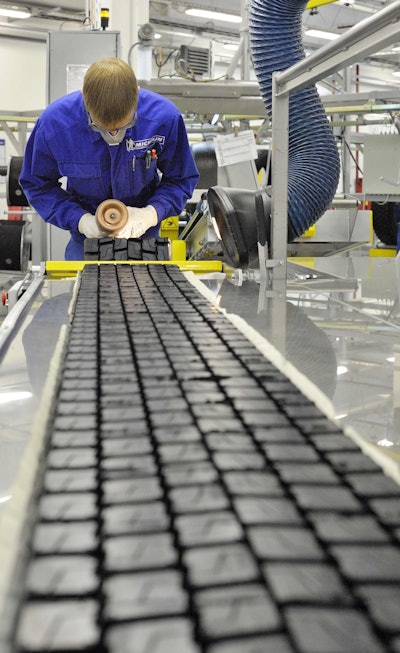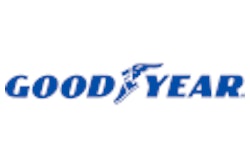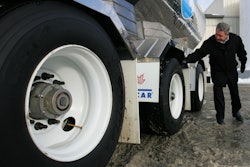
A tire dealer can make recommendations based on vehicle usage and tire characteristics such as fuel economy, durability, traction, miles to removal, retreadability, tread depth and pattern, and price.
“This is the single most effective practice to employ during the tire selection process,” says Brian Buckham, general manager of product marketing for Goodyear.
Checking with other owners “for best practices can shorten the learning curve substantially,” says Matt Loos, director of truck and bus marketing for Bridgestone Americas Tire Operations.
Leaning on the advice of others also can help avoid making simplistic decisions based solely on upfront costs.
Design and material
“Just because you pay more for a tire doesn’t mean you will get higher mileage and more retreads,” says Gary Schroeder, director of commercial vehicle and original equipment sales for Cooper’s Roadmaster brand. “Conversely, upfront savings due to a lower price might not save you money in the long run.”
To improve tire life, fuel economy and fits to various applications, tire makers have focused on design and raw materials.
“Over the years, tread compounds used in commercial truck tires have become increasingly application-specific,” Schroeder says. “Rather than use just a couple of tread compounds that cover an entire product range, which was fairly typical in the industry at one point, improvements in technology mean that most major brands now have treads tuned to excel in specific areas while maintaining acceptable performance across all other parameters.”
Indeed, tire design has come a long way in the last 10-plus years, says Paul Crehan, director of product marketing for Michelin Truck Tires.
“Compounds, casing design and tread sculpture work synergistically and provide a complete package toward achieving performance gains,” Crehan says.
Today’s compounds generate less heat buildup in over-the-road tires, which inherently leads to less severe heat history in the tire and more retreadability.
“This is also directly related to the push for more fuel efficiency in commercial truck tires,” says Dr. Prosser Carnegie, head of Commercial Vehicle Tires brand management for Continental Tire the Americas.










